
Címke: Poland
-
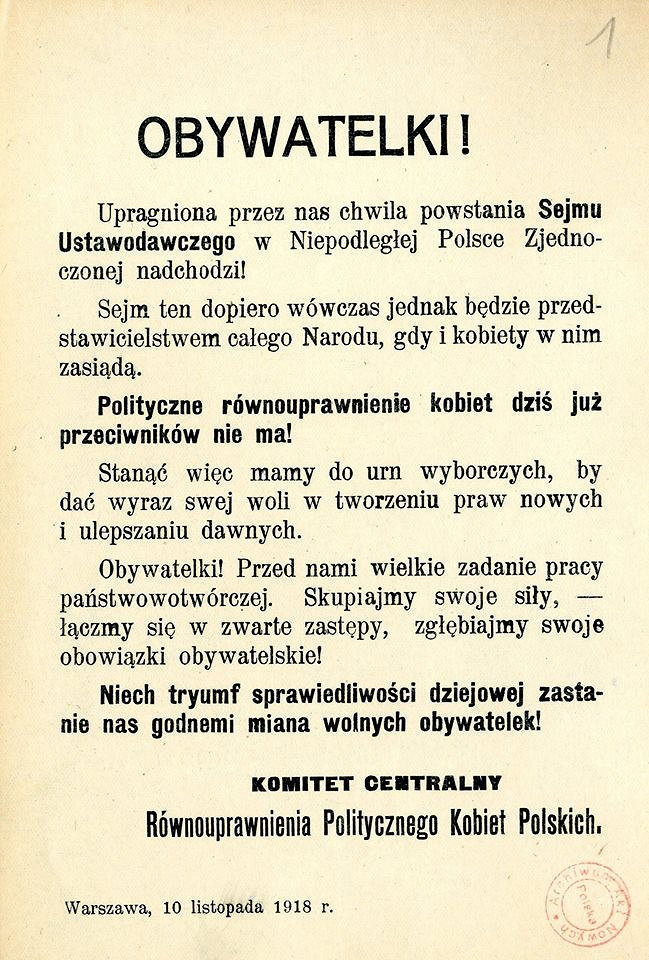
Appeal of the Central Committee for the Political Equality of Polish Women calling on women to participate in the elections to the Legislative Sejm and fulfill their civic duties. The suffrage movement in the Second Polish Republic saw active participation as an opportunity to influence social reality.
Building the democracy of the newly established state – granting voting rights to women in the Second Polish Republic (1918) – Warsaw
Building the democracy of the newly established state – granting voting rights to women in the Second Polish Republic (1918)…
-
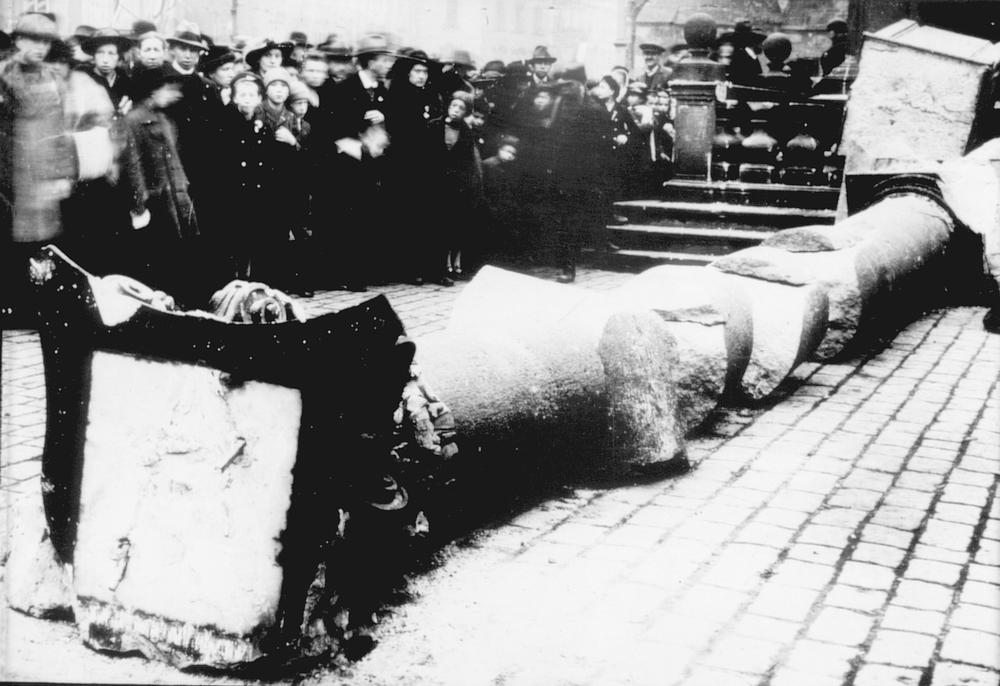
Just as the Jan Hus monument in Old Town Square in Prague was a center of national pride for Czechoslovaks, the nearby Marian monument was seen as a symbol of Austro-Hungarian domination. In 1918, a group of protesters destroyed a Marian column as a gesture of overthrowing Habsburg rule.
Jan Hus – national hero ignating Czechoslovak spirit – White Mountain, Prague
Jan Hus – national hero ignating Czechoslovak spirit – White Mountain, Prague Fact of the Polish figure „The arrival of…
-
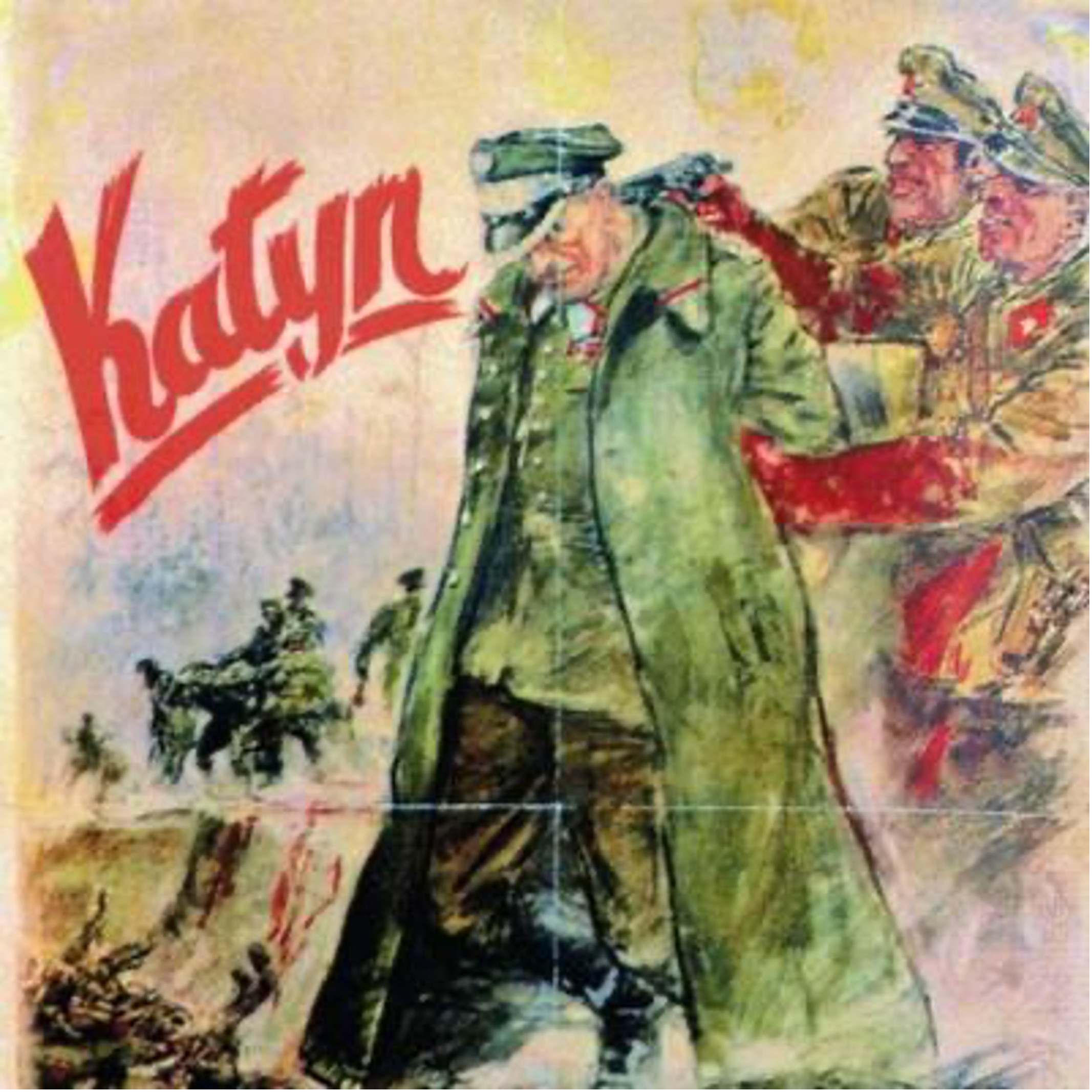
Poster commemorating the executin of Polish elites at Katyń.
Katyń Crime – Katyń
Katyń Crime – Katyń Fact of the Polish figure „Ribbentrop-Molotov pact” Part of the „The myth of national disaster” topic As a…
-
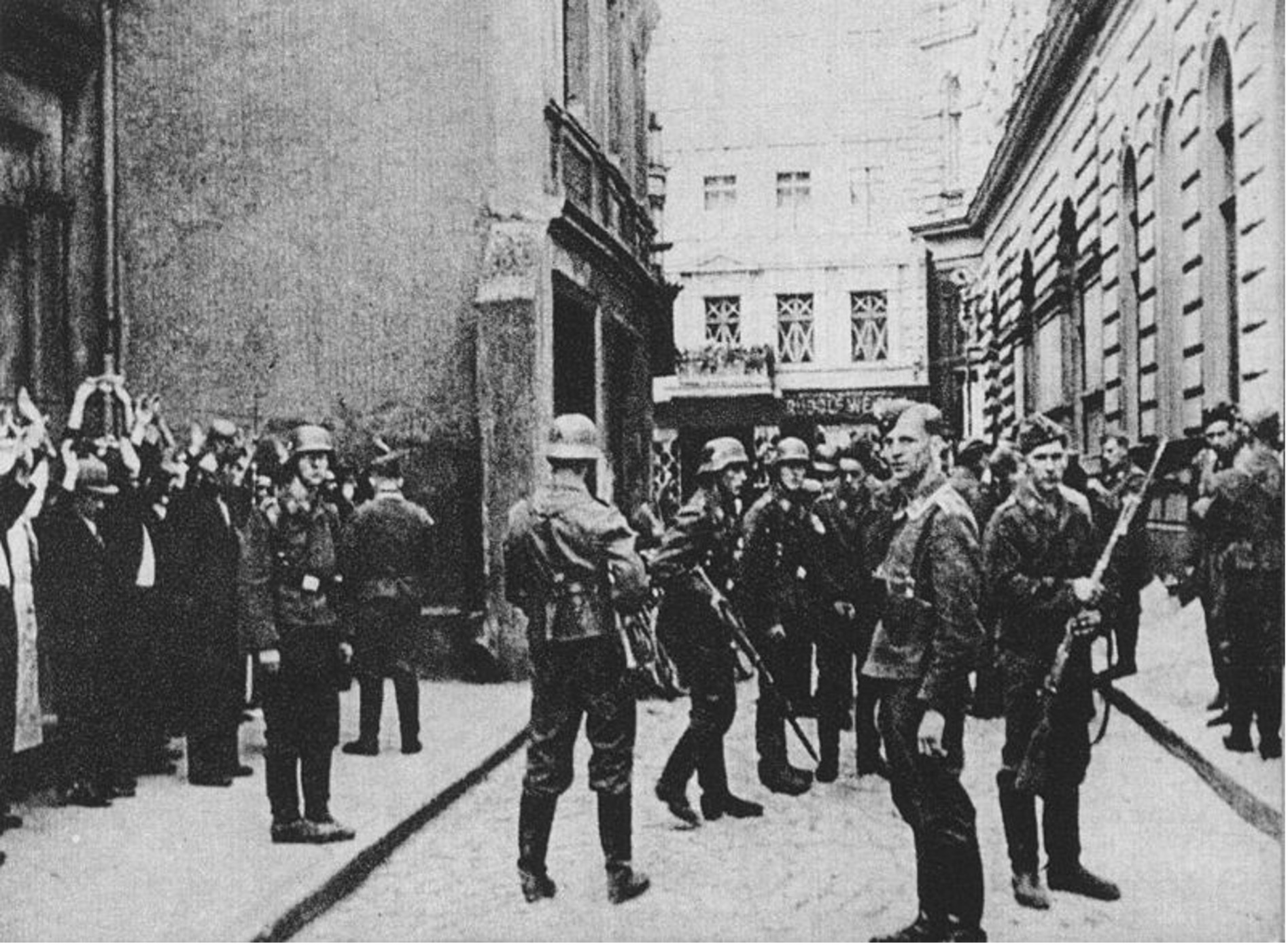
An example of arrests on Polish streets during the German occupation.
German Occupation – Mausoleum of Struggle and Martyrdom, Warsaw
German Occupation – Mausoleum of Struggle and Martyrdom, Warsaw Fact of the Polish figure „Ribbentrop-Molotov pact” Part of the „The myth…
-
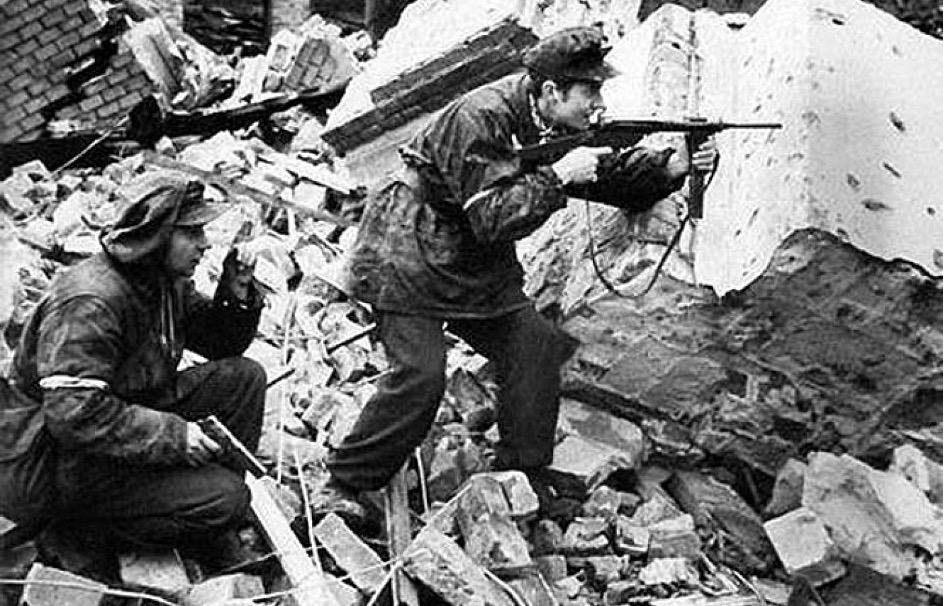
Insurgents fighting on the ruins of Warsaw.
Warsaw Uprising – Warsaw
Warsaw Uprising – Warsaw Fact of the Polish figure „Ribbentrop-Molotov pact” Part of the „The myth of national disaster” topic The Warsaw…
-
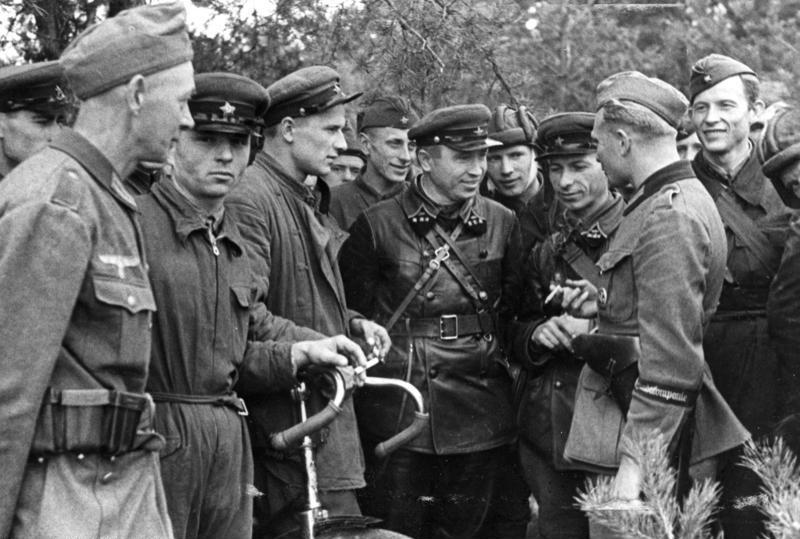
Meeting of Wehrmacht and Red Army soldiers in Brest-on-the-Bug on September 20, 1939.
The parade in Brest-on-the-Bug – Lenin street, Brest-on-the-Bug
The parade in Brest-on-the-Bug – Lenin street, Brest-on-the-Bug Fact of the Polish figure „Ribbentrop-Molotov pact” Part of the „The myth of…
-

It is the emblem of the January Uprising used by the insurgents in 1863-1864. It depicts the three coats of arms: the Polish eagle, the Lithuanian chase, and the archangel of the Russian coat of arms.
January Uprising – Warsaw
January Uprising – Warsaw Fact of the Polish figure „The Battle of Maciejowice – Maciejowice” Part of the „The myth of…
-
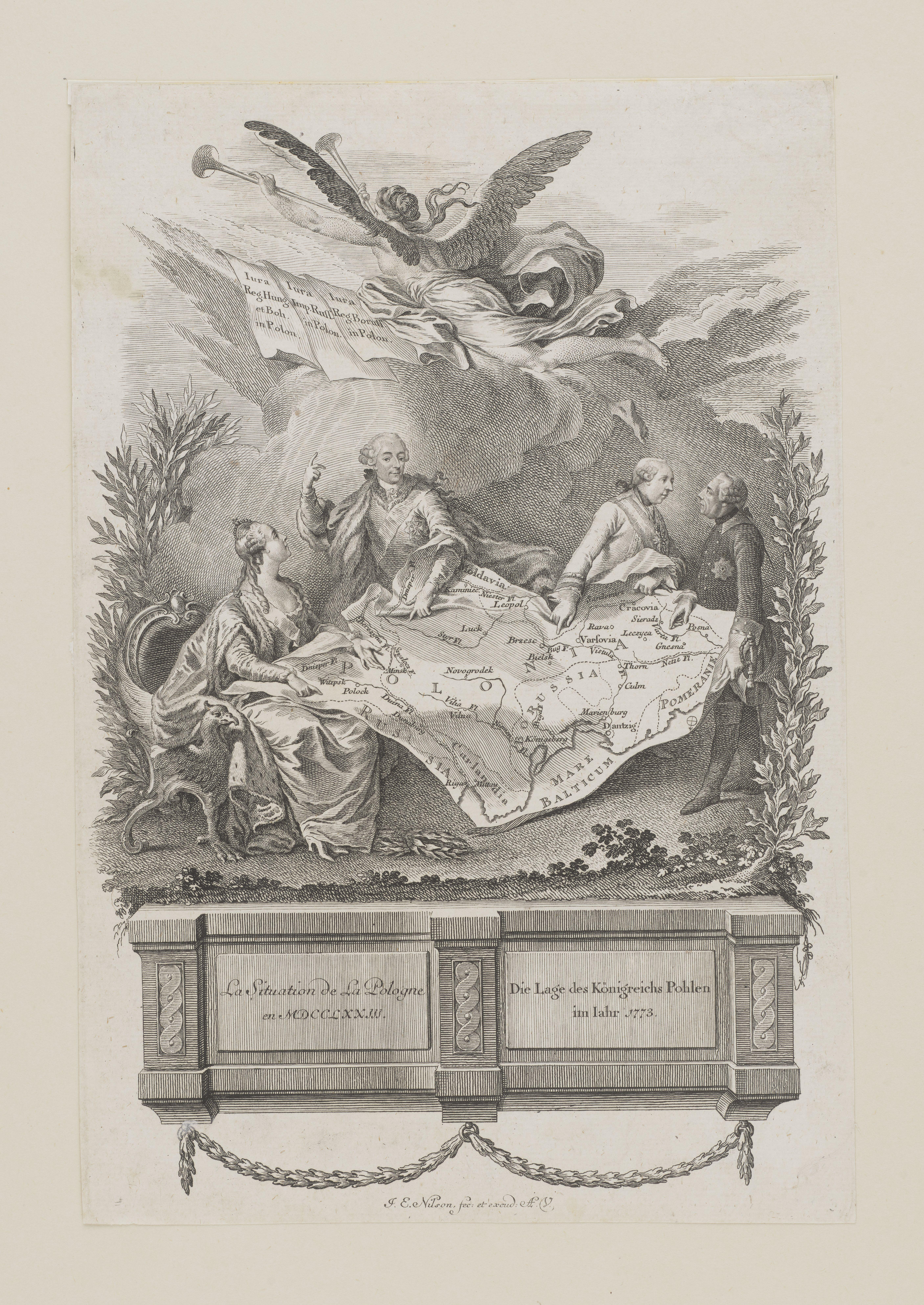
„The Royal Cake” – an allegorical representation of the First Partition of Poland, depicting the rulers of the three countries tearing a map of the Commonwealth into their respective pieces. Engraving by Johann Esaias Nilson, 1773 or later, National Library of Poland (public domain)
Partitions of Poland and Agreement in Petersburg – Winter Palace, Petersburg
Partitions of Poland and Agreement in Petersburg – Winter Palace, Petersburg Fact of the Polish figure „The Battle of Maciejowice…
-
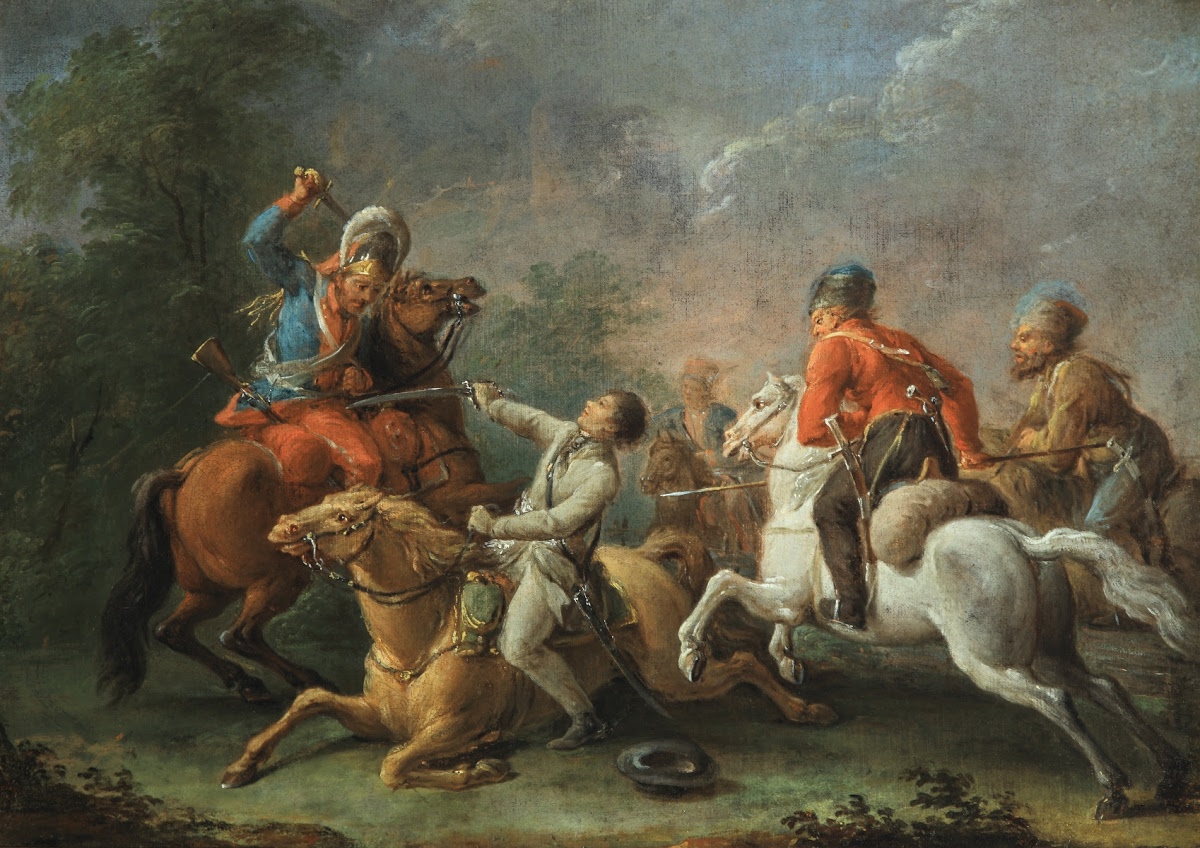
Kościuszko Falls from His Horse, by Jan Bogumił Plersch
The painting „Kościuszko Falls from His Horse” by Jan Bogumił Plersch – Maciejowice
The painting „Kościuszko Falls from His Horse” by Jan Bogumił Plersch – Maciejowice Fact of the Polish figure „The Battle…
-
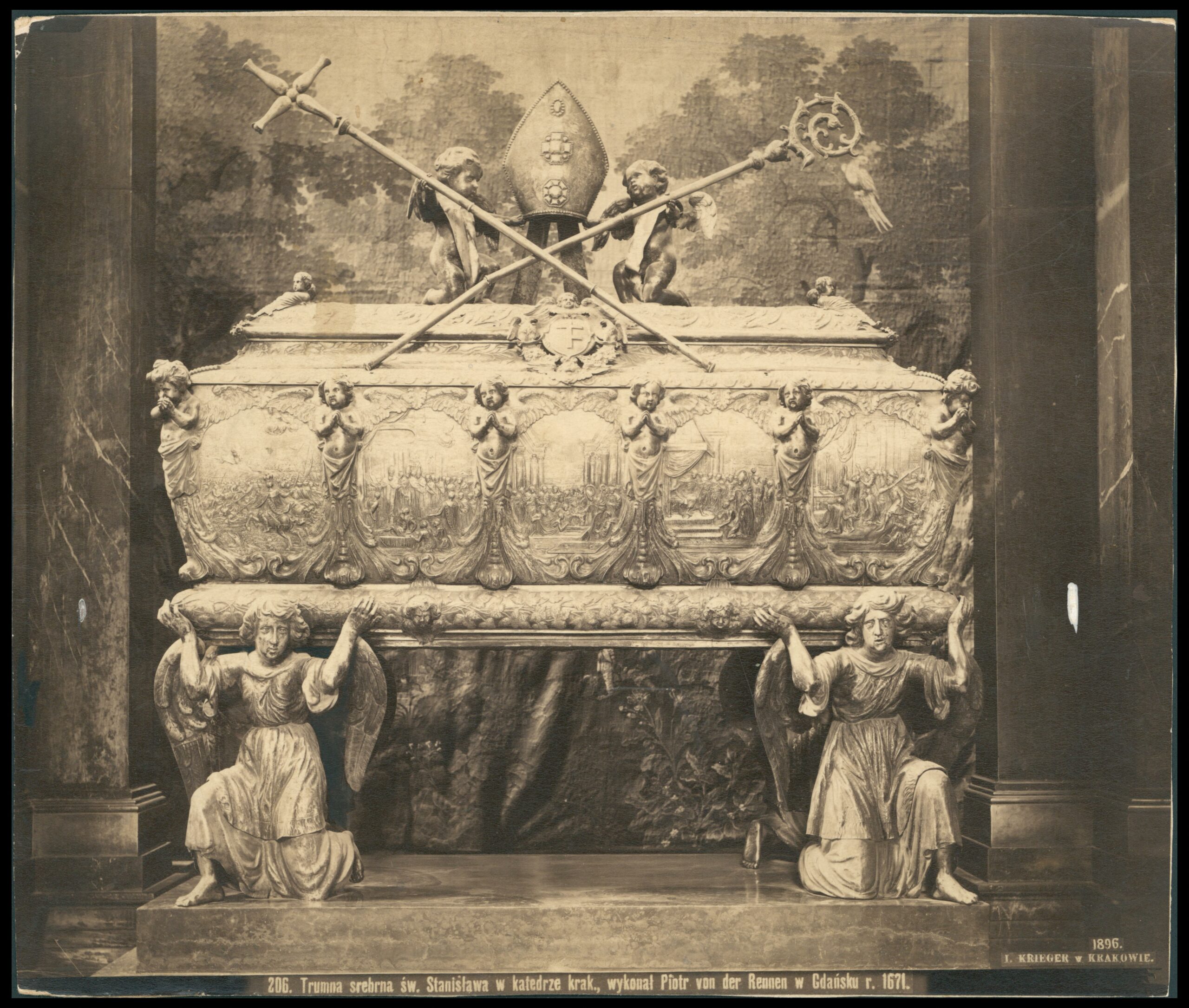
Sarcophagus of St. Stanislaus in the Wawel Cathedral, covered with twelve scenes from the life and death of the saint. Source: Photograph by Ignacy Krieger, 1896, National Library of Poland (public domain)
St. Stanislau grave in Wawel – Wawel Cathedral, Kraków
St. Stanislau grave in Wawel – Wawel Cathedral, Kraków Fact of the Polish figure „St. Adalbert” Part of the „The…
